Cervélo R5 Disc Force eTap AXS road bike review
Jumbo-Visma's climbing bike blends all the best ingredients - and tweaks the recipe - to create a mouthwatering ride
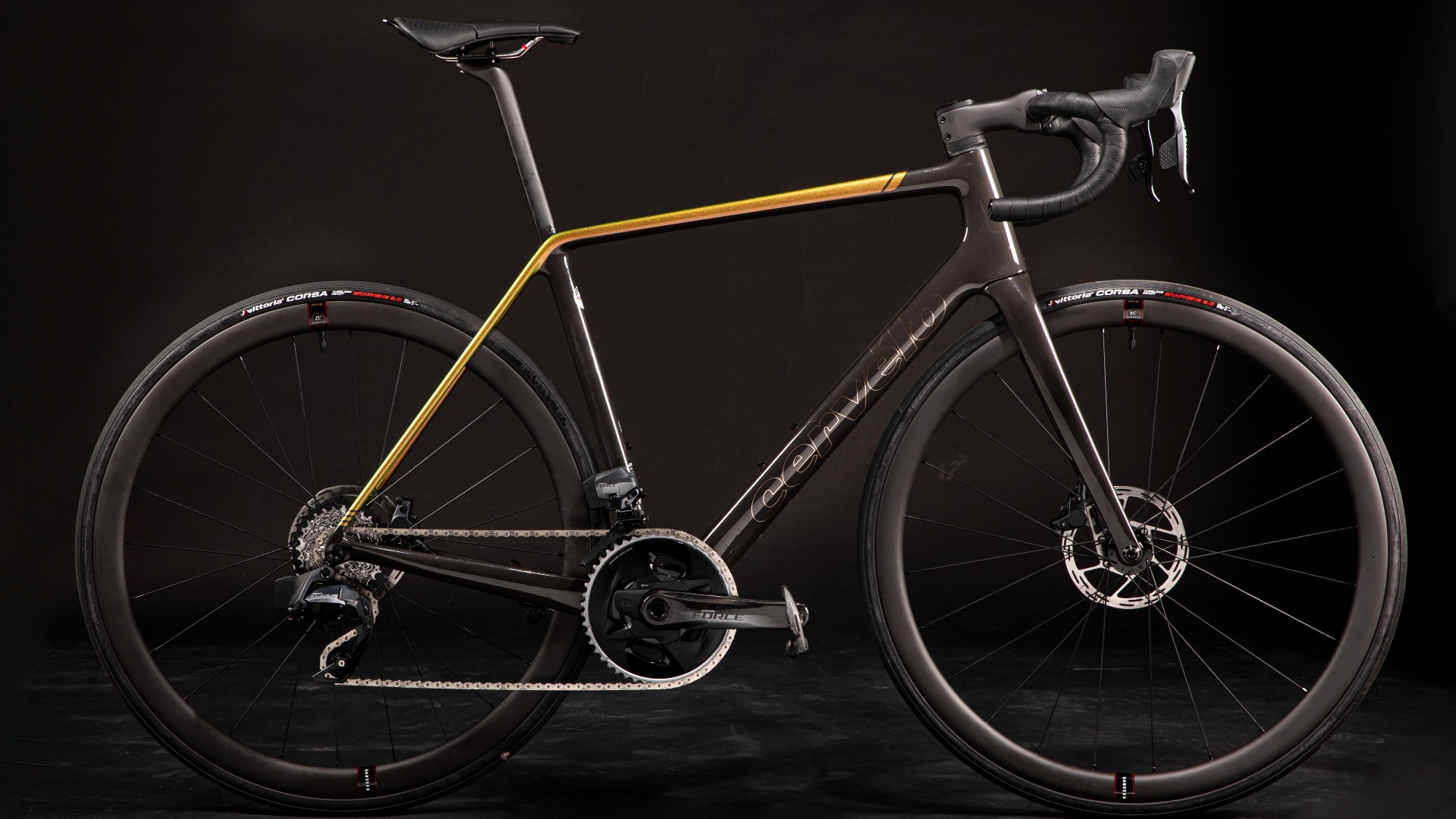
The full five stars for the new R5. This is a remarkable race bike with supremely balanced handling that excels in every area - going up, coming down and even on the flat despite it not being a dedicated aero bike. Perfect for winning Grand Tours or just enjoying the best-quality ride imaginable.
-
+
Perfectly balanced handling
-
+
Lightweight
-
+
Rear end comfort
-
+
Huge pedalling stiffness
-
+
Traditional, clean looks
-
-
High price
You can trust Cycling Weekly.

I have renamed the Cervélo R5 the Ahh... 5. Every time I get on it I’m like a Bisto kid whenever the delicious aroma of, erm, instant gravy wafts under his nose. Except the ride quality is far smoother (I hope my mum isn’t reading this) and no matter how dark, thick and meaty Bisto gravy looks, it’s actually made from potato starch, maltodextrin and palm fat and is suitable for vegetarians. Whereas the R5 is all lean meat.
As for the other part of its name, the 5 - well, obviously that stands for the perfect score I’m giving it.
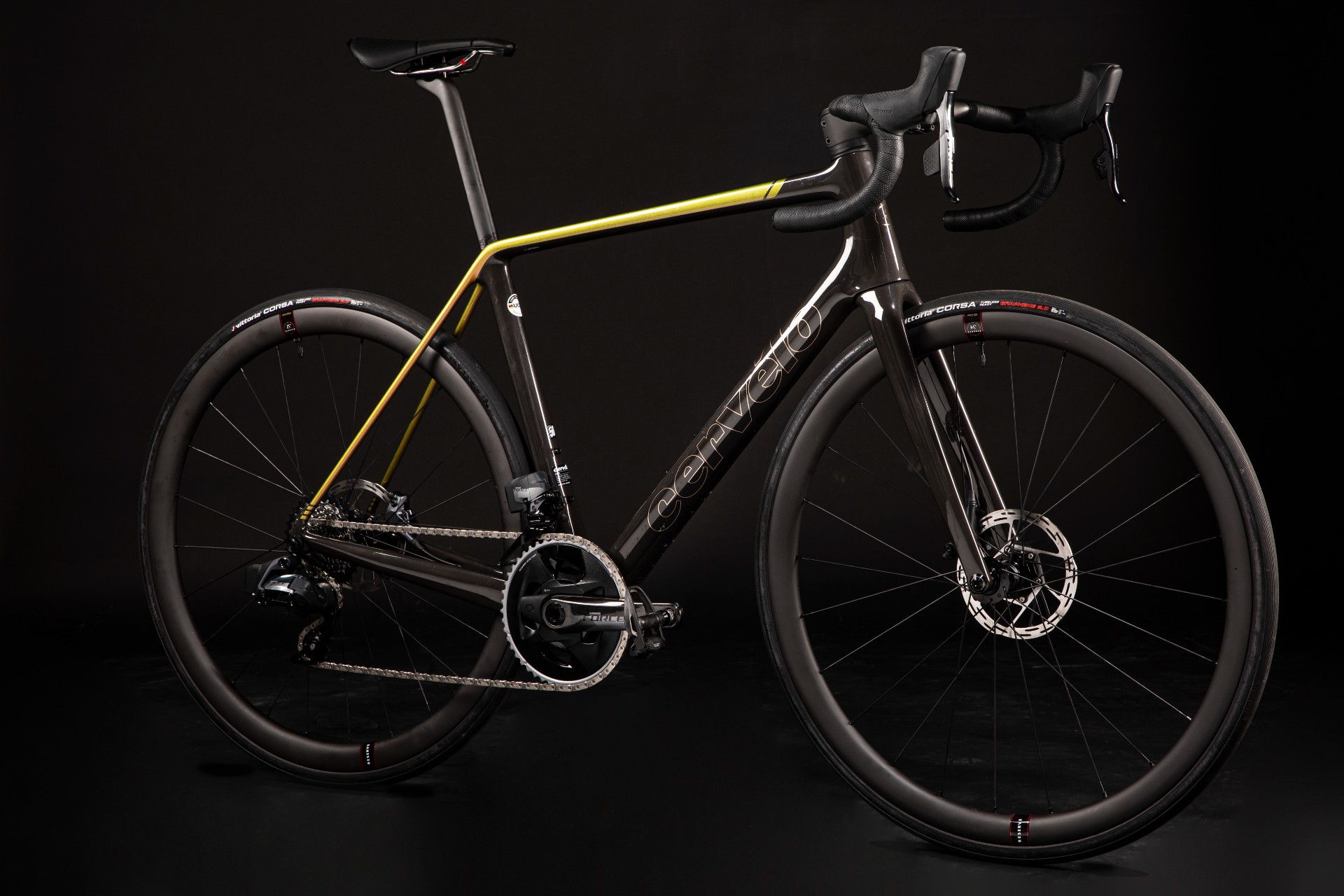
Cervélo R5: frame
The new R5 climbing bike was finally launched to the public at the end of September after spending most of the season in the WorldTour being ridden to some big victories - including the Vuelta - by Primoz Roglic and the Jumbo Visma team alongside the Cervélo S5, the brand’s aero bike.
Naturally a new WorldTour-level lightweight climbing bike is expected to outperform the previous model in all areas, and Cervélo has duly made sure it does.
The new R5 frame is a claimed 130g lighter, weighing 703g in a size 56cm (painted). The proprietary seatpost and stem are also lighter. Next would usually come a claim about increased stiffness but, according to Cervélo the new R5 is less stiff - and that’s in response to feedback from pro riders, who apparently reported that the old R5 got more uncomfortable as a three-week Grand Tour progressed, particularly at the front end.
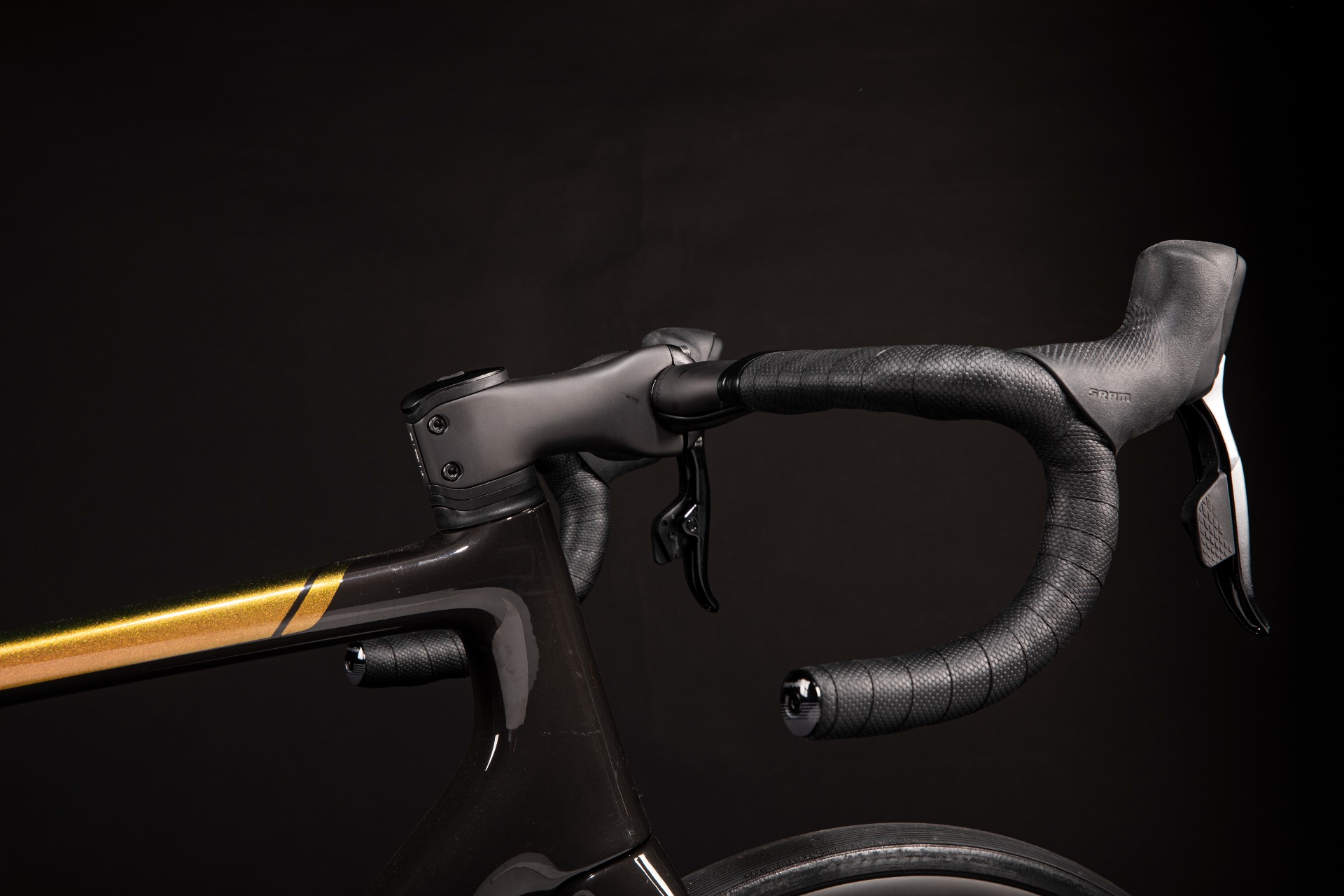
Cervélo says its engineers had previously found that a specific ratio between head tube and bottom bracket stiffness equalled the magic formula for ride quality, but they’d never applied it to the R5 since it was a climbing bike and they were pursuing all-out stiffness.
Via a combination of new tube shapes and carbon layups the magic ratio was arrived at: ride quality was softened and weight reduced while maintaining pedalling stiffness - and the new bike got the nod from Tom Dumoulin, who Cervélo says was one of the most vocal about the R5’s harshness while he and Cervélo were at Sunweb.
Yes, it sounds more like a magic marketing ratio for selling bikes, but the actual ride quality backs it up, as we shall see.
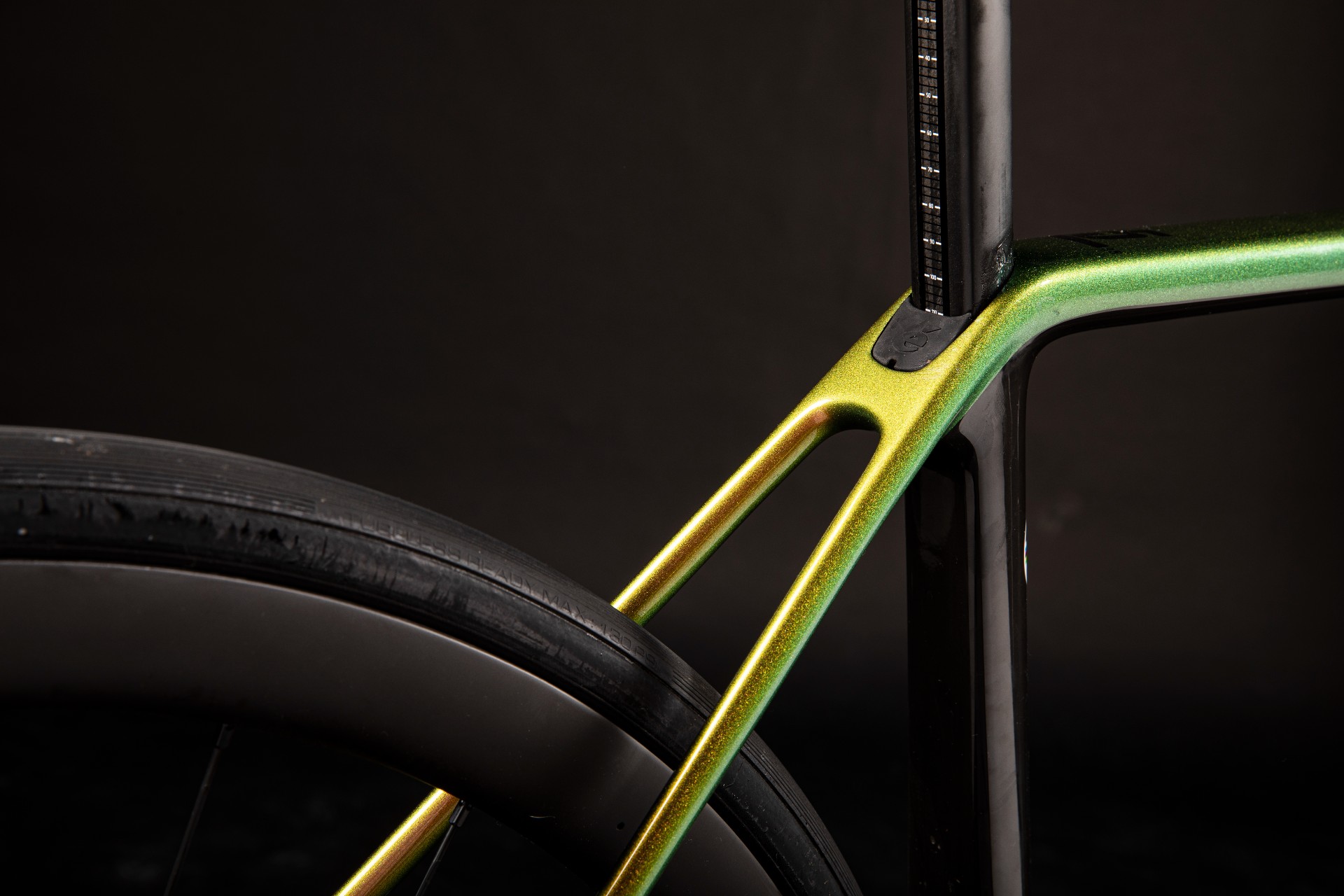
The final piece of any bike’s launch-story jigsaw is its aerodynamics. Cervélo says altering the tube shapes, particularly that of the massive ‘Squoval Max’ down tube - compromised the R5’s aerodynamics. The newly integrated cockpit mitigates this, it says. There’s also a new fairing behind the fork crown that smooths airflow onto the down tube and the seatpost clamp is hidden under a bung creating a slick-looking ‘fastback’ design.
Although aerodynamics is not its forte, Cervélo says the new R5 is slightly faster in the wind tunnel than the old one, posting a claimed 25g drag reduction.
Geometry
The top tube/seat tube/seatstay juncture has dropped by 15mm compared to the old R5, making the frame even more compact than before, Giant TCR style, in the pursuit of lightness and pedalling stiffness (no dropped seatstays, which is refreshing to see) but Cervélo has left the geometry alone.
We’re seeing many of the leading pro-level bikes stick with tried-and-tested geometry despite changing almost everything else from model to model. The Pinarello Dogma F is an example of this, as is the Specialized Tarmac SL7.
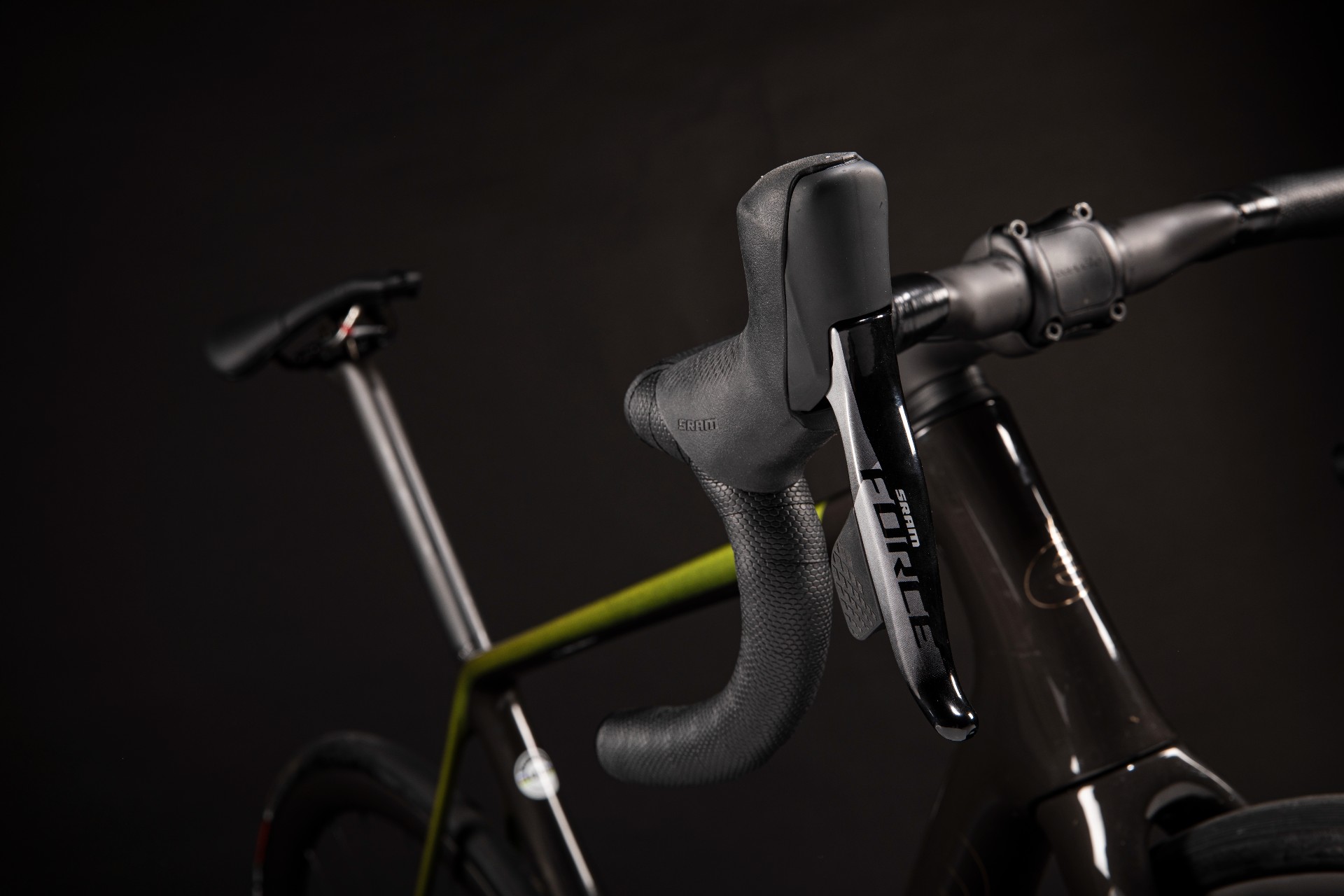
Stack and reach are the same as before across the same six sizes, 48cm to 61cm, as are head tube and seat tube angles and chainstay length, and there are the same three fork offsets across the sizes to keep handling consistent.
However, the 25mm offset seatpost has been swapped for a 15mm version in the larger sizes, which Cervélo says is to allow for the more modern forward positions, something that can be difficult to achieve on larger bikes.
As for the geometry itself, the size 56 is a traditional '73 parallel' race bike with a wheelbase of 994mm and 410mm chainstays.
The stack/reach ratio in the size 56cm is 1.47, which is also ballpark and slightly more aggressive than the Giant TCR’s. Crucially however, despite the cockpit being integrated, the bar and stem are separate components. The stem spacers, although proprietary, are split so that they can be removed without disconnecting the brake hoses and they can be stacked on top of the stem - so there’s good adjustability at the front end.
If you want to change the stem itself you do have to disconnect the hoses since they run inside it.
One more thing - it’s electronic groupset compatible only, something that Cervélo says is more efficient for manufacturing (fewer holes), and there’s no rim-brake version.
Components
Our test bike was equipped with SRAM Force eTap AXS with a 48/35 power meter chainset and 10-33 cassette. At £8,599/$8,400 it’s the lowest-priced build in USD but second lowest in GBP. Note that the two SRAM builds get power meter chainsets whereas the two Shimano ones don’t.
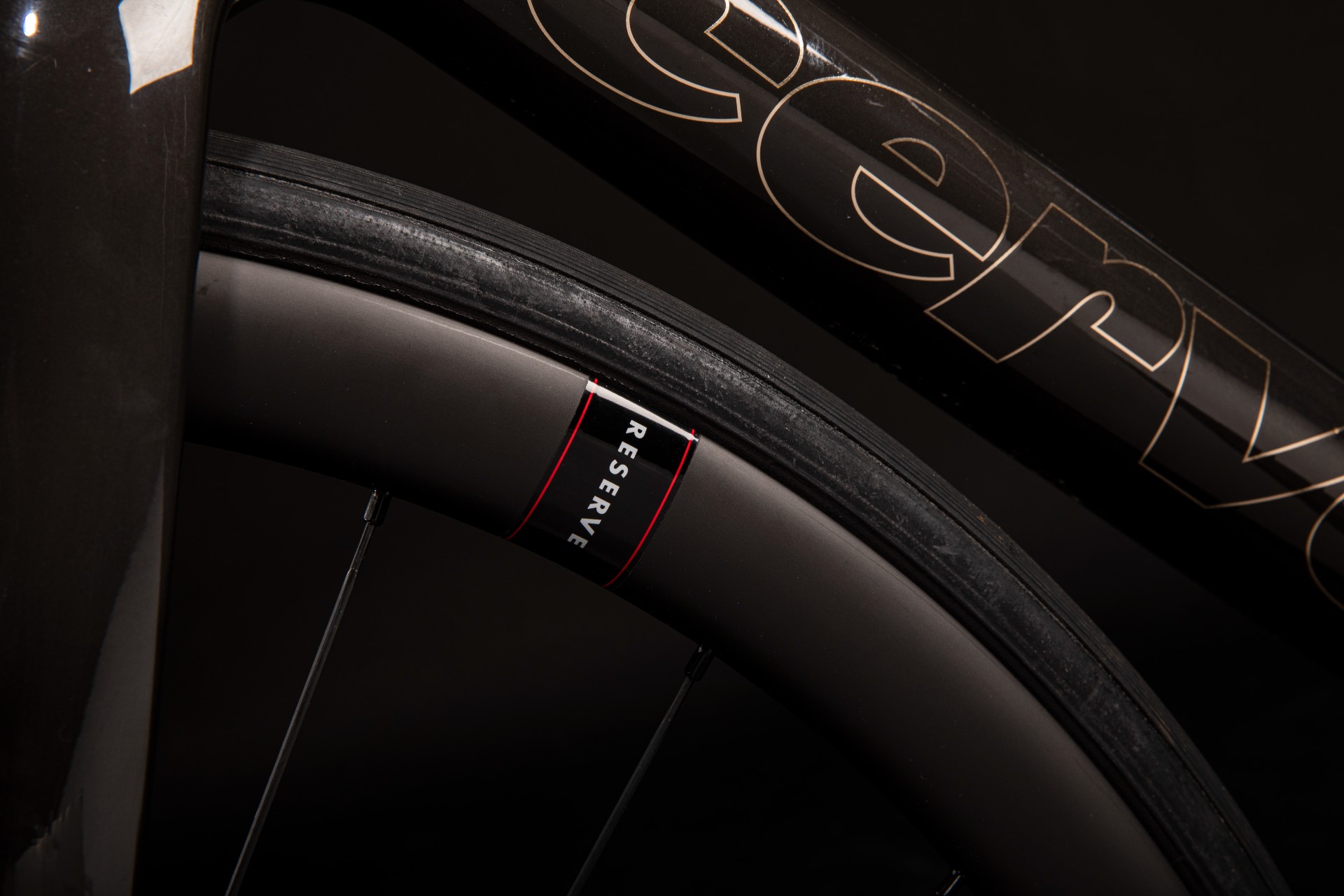
All four builds get the new Reserve wheels, which have differential rim profiles and are pretty light at around 1,300g. Cervélo has specced the excellent Vittoria Corsa 25c tyres, set up tubeless. There’s room for up to 34mm tyres according to Cervélo but that looks like a tight squeeze to me, considering the front 25mm Corsa actually measures 29mm on the rim (the internal rim widths are different between front and rear, with the rear slightly narrower). I can only imagine they mean an actual width of 34mm.
Cervélo R5: the ride
Cervélo put a heavy emphasis on front-end comfort and the marketing narrative was all about that. But as I mentioned in my first ride, the first thing that struck me - or rather cushioned me - about the R5 was how incredibly plush the rear, not the front, is.
The D-shaped seatpost is very flexible fore-aft, supplying up to 10mm of travel and possibly more over bigger hits. It’s longer than average for a modern bike of this size, since the top tube/seat tube junction has been dropped by 15mm, and this will do much more for rear-end comfort than skinny, dropped seatstays ever will.
I didn’t ride the previous R5 so I had no point of reference for the front end, but CW tech editor Michelle Arthurs-Brennan reviewed it and didn’t find it harsh. I can’t say I found the front end of the new R5 particularly soft but I didn’t find it harsh either. There was the connectedness with the road and direct steering feedback that we’ve come to expect from any top race bike. I wouldn’t want it any more rigid, so I can conclude that even though it’s not exactly ‘soft’ now, Cervélo has gone in the right direction with it.

Cervélo has stuck with the monster BBRight oversized shell - to the dismay of the ever-growing anti-pressfit army - and pedalling feels absolutely solid. That, combined with the low weight, makes it surge upwards thrillingly.
It’s a pity for me that it launched at the end of September because I was fitter earlier in the year so I couldn’t compare it meaningfully on uphill Strava segments with the race bikes I reviewed in spring - the Giant TCR, Scott Addict, BMC Teammachine and Specialized Tarmac SL7. But there were surprisingly few seconds in it.
Cervélo points out that a climbing bike has to be good at descending too, since summit finishes are relatively rare, and here again the R5 excels. It missed out on uphill PRs through no fault of its own, but killed it downhill. It was here that the magic ratio revealed itself. Cervélo didn’t say so in the launch - probably so as not to limit its appeal - but the front end of the R5 is designed for high speed. If a bike feels even the tiniest bit wallowy when cornering at 50mph it’s no good for professional racing and that’s why it doesn’t actually feel as comfortable as you might expect from the marketing. Too hard and vibration/skittering becomes an issue; too soft and it doesn’t feel safe at high speeds. Certainly fork geometry has a big part to play in this, and Cervélo has got it all exactly right.
I was really impressed with the R5’s performance on the flat, too. My last ride was on the coldest Sunday of the year so far at the end of November. There are a couple of kickers on this loop but it’s mostly about aerodynamic efficiency - and I was pleased to average over 20mph despite increased rolling resistance on the freezing tarmac as well as full winter clothing.
Value and conclusion
OK, a bike range that starts at £8,599/$8,400 (this model) going up to £11,699/$12,000 for the Dura-Ace Di2 and Red eTap AXS builds is expensive, but those are standard prices for a WorldTour-level bike, as decreed by the market and the industry. That’s the cost of these bikes, like it or not. We’ve discussed elsewhere how and why the price of top-of-the-range bikes has skyrocketed in recent years.
Even if the astronomical price leaves a sour taste in the mouth, I’ll return to my gravy analogy and assert that the sheer meaty goodness in this bike overcomes that. It’s easy to dismiss such an expensive bike as ‘all gravy’ if you haven’t ridden it and I can’t claim to have ridden every single one of the latest race bikes, but judging by the incredibly wide ranging capabilities of the Cervélo R5 and the sheer pleasure you get from riding it, it has incredible strength in depth and has to be one of the best, if not the best, race bike we’ve ridden this year.
| Cervélo R5 | Header Cell - Column 1 |
|---|---|
| Frame | Cervélo R5 carbon |
| Fork | Cervélo R5 tapered carbon fork |
| Groupset | SRAM Force eTap AXS 12 speed |
| Chainset | SRAM Force 48/35 with power meter |
| Cassette | SRAM Force 12speed 10-33 |
| Brakes | SRAM Force HRD/160mm SRAM Paceline rotors |
| Wheels | Reserve 34/37 tubeless ready/DT370 XDR hubs |
| Bar | Cervélo HB13 carbon |
| Stem | Cervélo ST31 carbon |
| Seatpost | Cervélo SP20 carbon aero post |
| Saddle | Prologo Scratch M5 PAS TiRox |
| Weight | 7.4kg |
| Contact | www.cervelo.com |

Thank you for reading 20 articles this month* Join now for unlimited access
Enjoy your first month for just £1 / $1 / €1
*Read 5 free articles per month without a subscription

Join now for unlimited access
Try first month for just £1 / $1 / €1
Get The Leadout Newsletter
The latest race content, interviews, features, reviews and expert buying guides, direct to your inbox!
Simon Smythe is a hugely experienced cycling tech writer, who has been writing for Cycling Weekly since 2003. Until recently he was our senior tech writer. In his cycling career Simon has mostly focused on time trialling with a national medal, a few open wins and his club's 30-mile record in his palmares. These days he spends most of his time testing road bikes, or on a tandem doing the school run with his younger son.
-
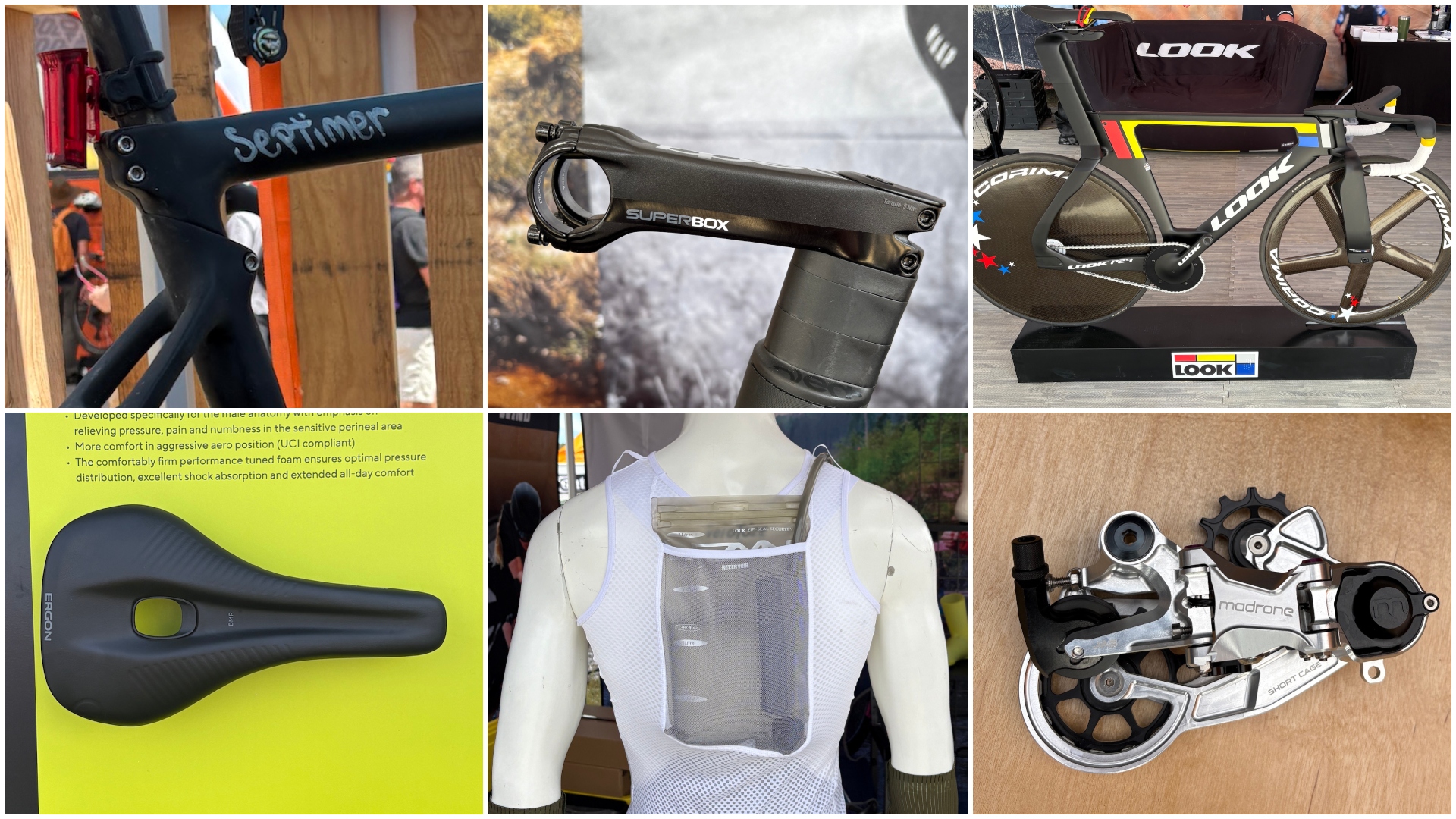 The Sea Otter Classic: sights and sounds from the biggest bike gathering in North America - Part 1
The Sea Otter Classic: sights and sounds from the biggest bike gathering in North America - Part 1Odds and ends that run the gamut, from a $13,000 frameset to armoured kit and new hydro-vests
By Tyler Boucher Published
-
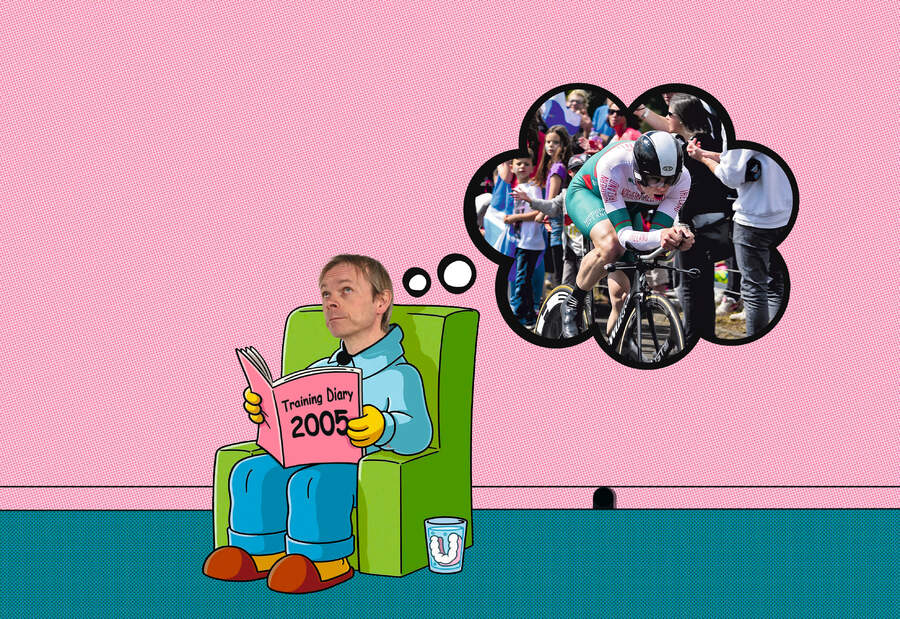 The thing that bothers me most when I look back at old school training is that right now we’re doing something equivalently misguided
The thing that bothers me most when I look back at old school training is that right now we’re doing something equivalently misguidedOur columnist's old training diaries reveal old-school levels of lunacy
By Michael Hutchinson Published
-
 'This race is absolutely disgusting': Peloton reacts to another brutal Paris-Roubaix Femmes
'This race is absolutely disgusting': Peloton reacts to another brutal Paris-Roubaix FemmesNow in its fifth edition, Paris-Roubaix Femmes is still a tough race, even for the best bike riders in the world
By Adam Becket Published